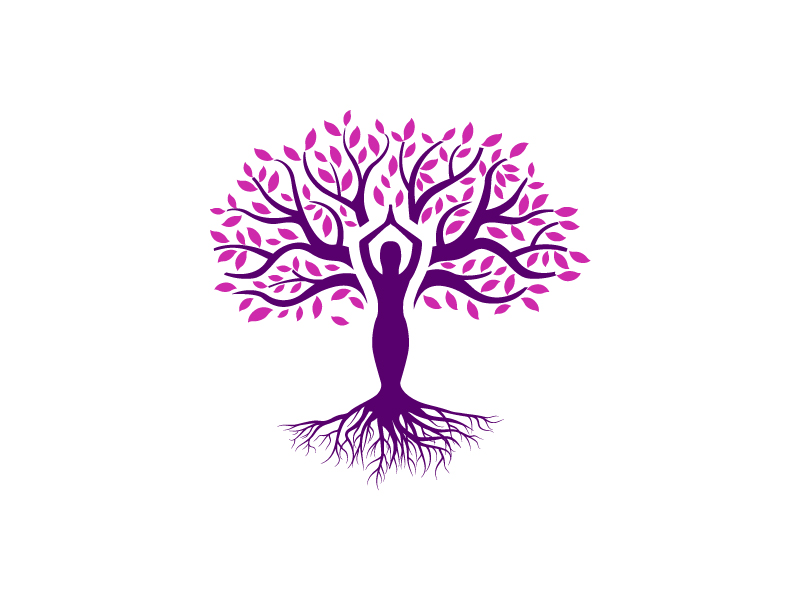Since people started yoga thousands of years back, the image of a tree has regularly been connected with yoga – and all things considered, yoga has a large number of branches with regards to how you practice and every one of them are based on a similar theory, or trunk, of a spiritual belief. Hatha yoga is the one most surely understood to Westerners – the physical demonstration of poses. Here are a couple of different ways that you may consider alongside your personal yoga rehearse.
Raja Yoga
In raja yoga, the primary objective is a quiet and spiritual, thoughtful state. Eight rules are pursued entirely and all together in raja yoga and, however essential, physical movement or postures isn’t the focus. The eight standards or stages are:
- Ethical standards or ‘Yama.’
- Self-discipline or ‘niyama.’
- Posture or ‘asana.’
- Breath control or ‘pranayama.’
- Sensory withdrawal or ‘pratyahara.’
- Concentration or ‘dharana.’
- Meditation or ‘dhyana.’
- Liberation or ‘samadhi.’
Karma Yoga
The focus of karma yoga is on service and treatment of others. The fundamental thought is that our encounters today are an immediate aftereffect of our past activities. In this way, everything that the individuals who practice karma yoga do today is with an end goal to create a superior future for themselves and everyone around them. They do this by taking out the inspirations of negativity and conceit. This implies living for others rather than ourselves.
Jnana Yoga
The individuals who practice jnana yoga are most worried about the development of the brain. They are researchers keen on the theory behind yoga, and their yoga rehearses on contemplating and understanding old and conventional writings. This is believed to be a standout amongst the most extreme yoga trains as the learning is extraordinary and difficult.
Dissimilar to branches on a tree, the ways of yoga frequently cross and cover. It is best advisable to practice whatever suits you the best.

